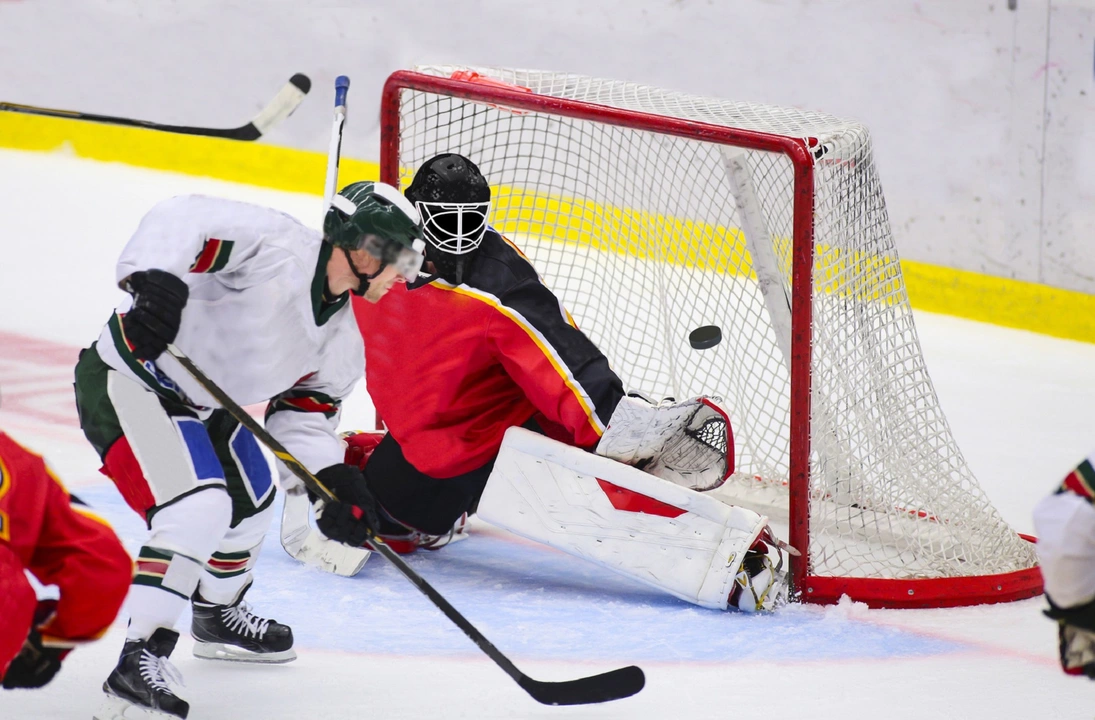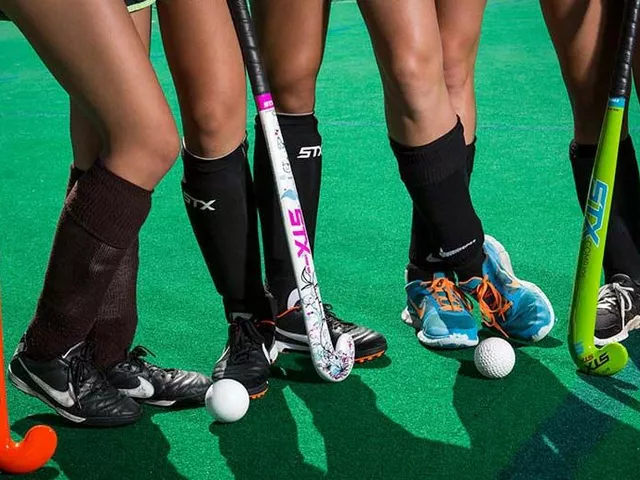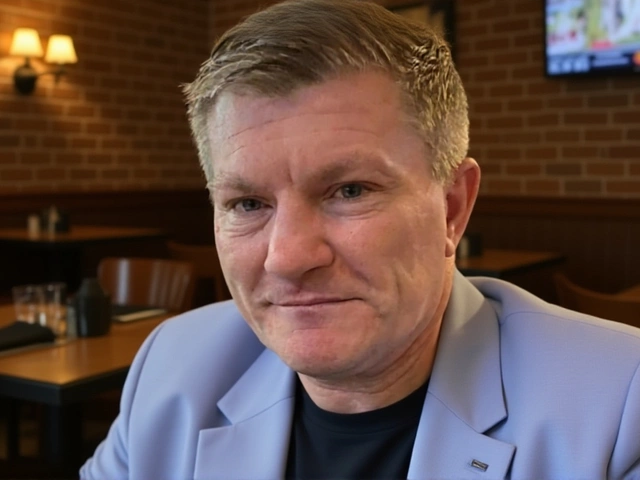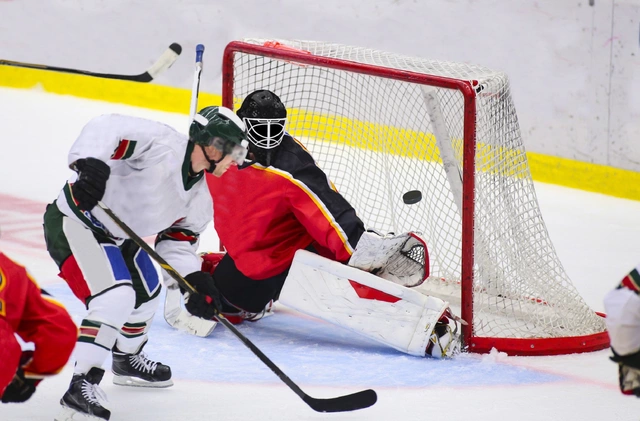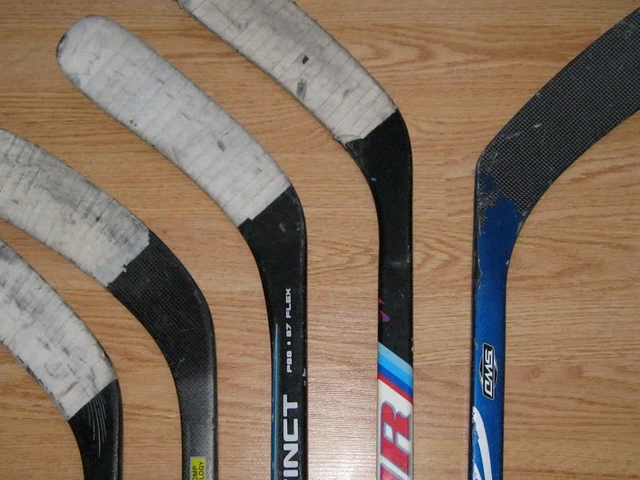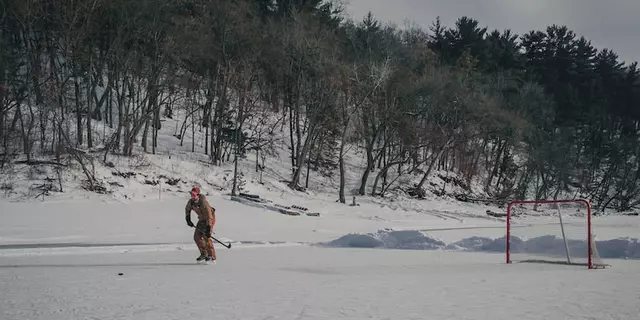Defensemen in Hockey – What They Do and How to Play Better
If you’ve ever watched a game and wondered who’s keeping the puck out of the net, it’s the defensemen. They’re the backbone of any team, especially in fast‑paced Swindon leagues where a quick turnover can decide a match. Understanding their role helps you become a more complete player, whether you’re a rookie or looking to polish your game.
Core Responsibilities of a Defenseman
First off, a defenseman’s job is simple on paper: protect the goal and start the attack. In practice, that means making smart decisions with the puck, staying between the opponent and the net, and moving the puck up the ice quickly. You’ll spend a lot of time in the defensive zone, so positioning is key. Stay a step inside the blue line, keep your stick on the ice, and always be ready to block passing lanes.
Another big part of the role is supporting the goaltender. When the opponent pressures the net, you need to be the first line of defense – chopping down shots, clearing rebounds, and communicating who’s covering which opponent. Good communication prevents overlap and keeps the defensive pair tight.
On the offensive side, defensemen help transition the play. A clean breakout pass can catch the other team off guard and set up a scoring chance. That’s why having a strong, accurate pass and the ability to read the play are essential. Many coaches also expect defensemen to contribute shots from the point, especially on power plays.
Training Tips to Boost Your Defensive Play
Want to up your game? Start with skating drills that focus on backward speed and edge control. Being comfortable skating backward lets you keep your eyes on the puck while staying in front of the attacker. Try the ‘C‑turn’ and ‘T‑turn’ drills on a regular basis – they improve balance and quick direction changes.
Next, work on your stick handling under pressure. Set up a small area, have a teammate jam you with passes, and practice keeping the puck alive while moving. This builds confidence when you’re forced to make quick decisions in the defensive zone.
Passing accuracy is a make‑or‑break skill for defensemen. Practice a series of long ‘blue‑line’ passes to a moving target. Use a target net or a teammate skating toward the point. Repetition against a wall can also help you gauge power and direction without a partner.
Don’t forget the mental side. Watching game footage of professional defensemen – like those from the NHL – shows how they position themselves and anticipate plays. Take notes on how they slide into gaps or force opponents to the boards.
Finally, get involved with local Swindon clubs that run defensive clinics. Training with peers who share the same goal gives you immediate feedback and keeps you motivated. Most clubs also offer video analysis sessions, which are priceless for spotting habit flaws you can’t feel on the ice.
Remember, being a solid defenseman isn’t about being the biggest or the toughest; it’s about reading the game, making the right pass, and staying disciplined. Keep practicing these fundamentals, stay aware of your teammates, and you’ll see your confidence – and your team’s success – rise on the ice.
As a hockey fan, I've always been curious about the number of defensemen on a hockey team. After doing some research, I found out that generally, a hockey team has six defensemen on their roster. These defensemen are usually organized into three pairs, with each pair playing together during the game. However, the exact number can vary depending on injuries or a coach's preference. In any case, defensemen play a crucial role in protecting their team's net and supporting the forwards in scoring goals.
Read more
